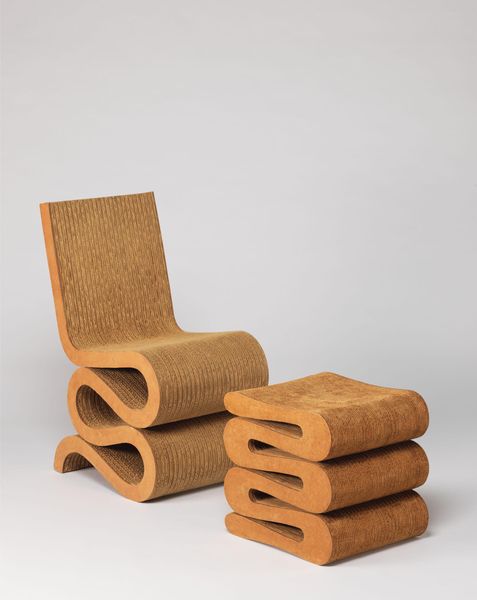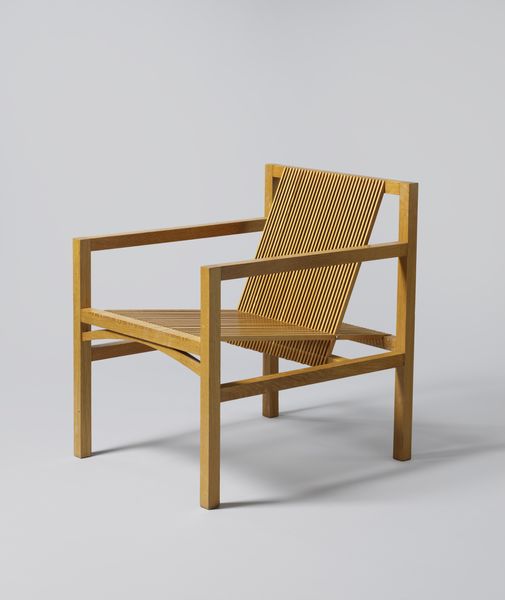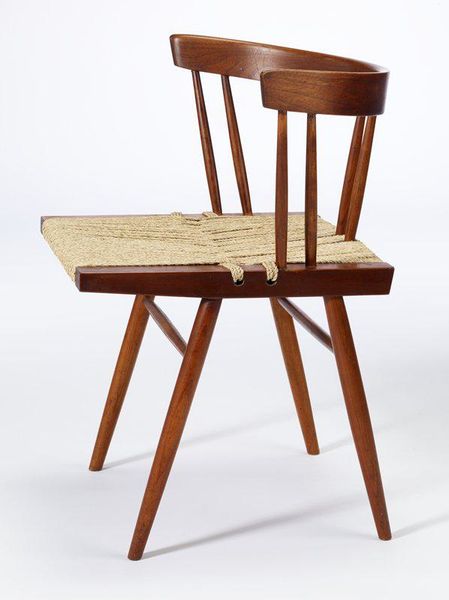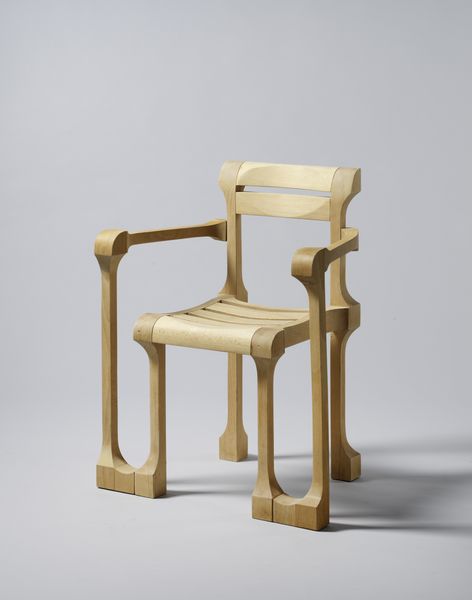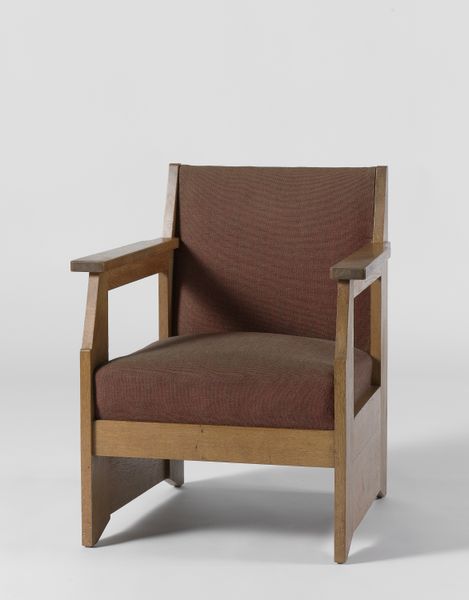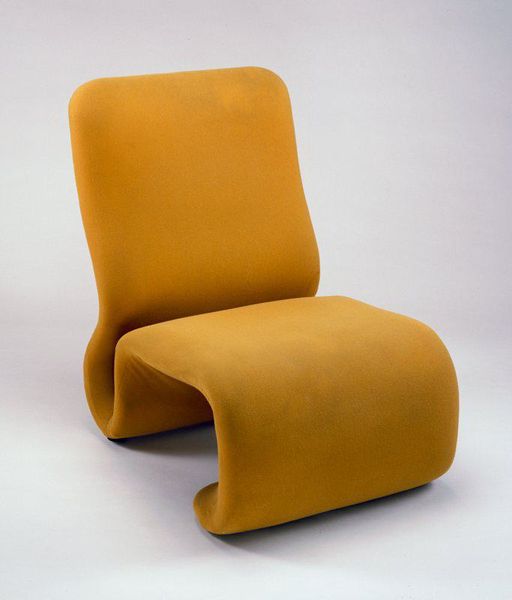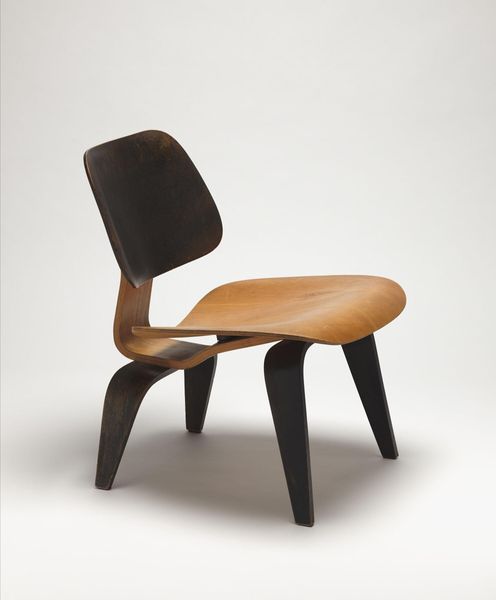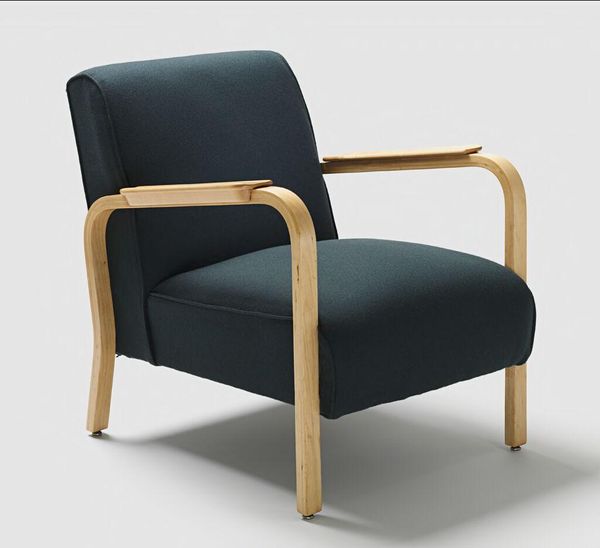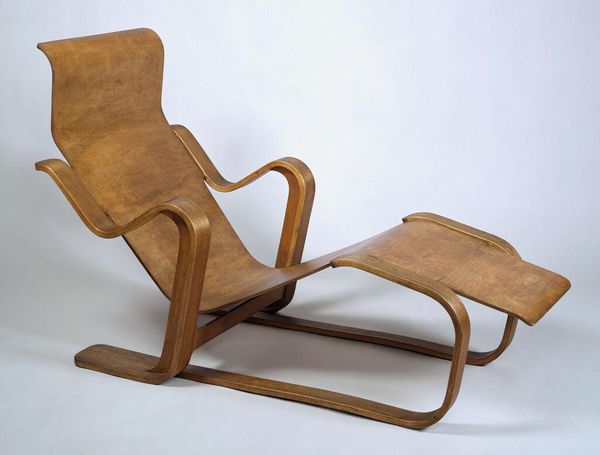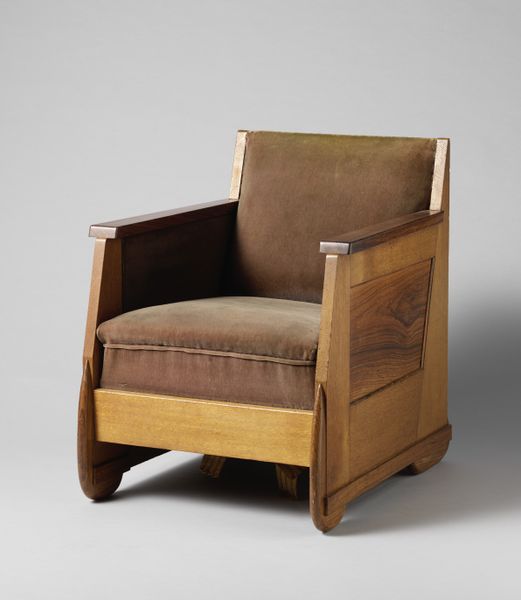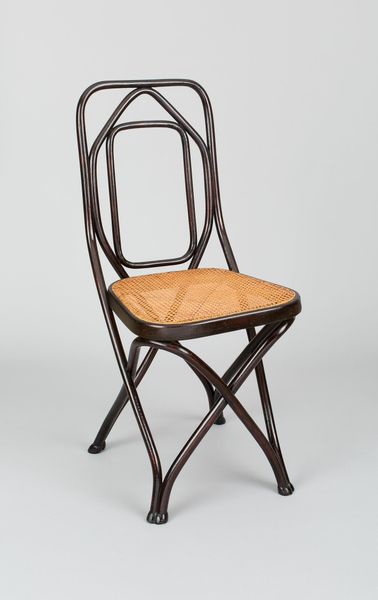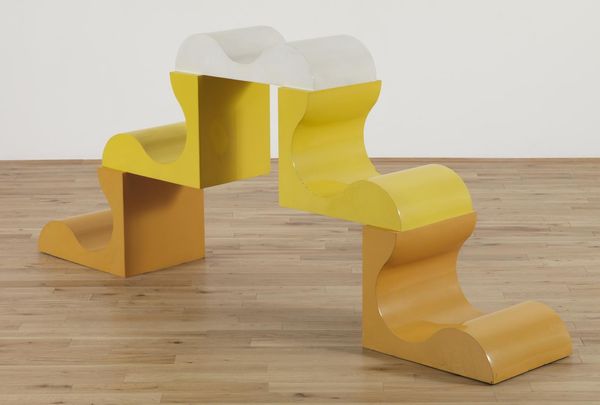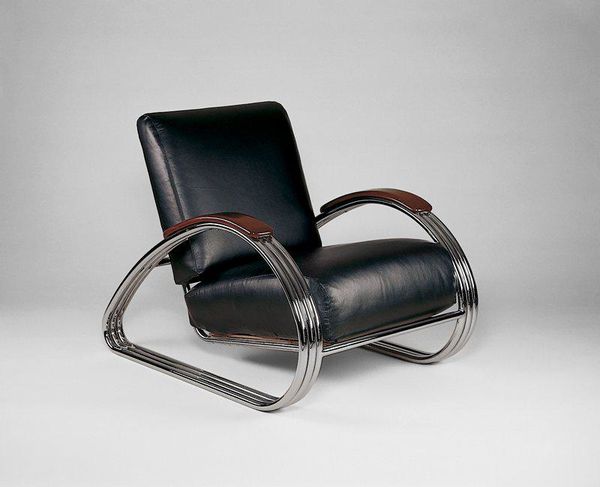
Dimensions: 40 Ã 43.2 Ã 36.2 cm (15 3/4 Ã 17 Ã 14 1/4 in.)
Copyright: CC0 1.0
Editor: This is Frank Gehry's "Wiggle Stool" from an unknown date. It's made of cardboard and displayed at the Harvard Art Museums. The material and form create such an unexpected juxtaposition. How do you interpret this piece? Curator: The stool challenges our notions of permanence and value. Gehry, known for his deconstructivist architecture, often uses unconventional materials. Think about the commentary here on consumer culture and disposable design. Is he suggesting that even the most mundane material can be elevated to art? Editor: That's interesting! I hadn't considered the critique of consumerism. Curator: It's also about accessibility. Cardboard democratizes design, making it available to a wider audience. Do you see a connection to ideas of social equity here? Editor: Definitely! I see the layers and waves as symbolic of social mobility and inclusivity. Thanks for sharing your insights! Curator: The pleasure is mine. Considering these designs through the lens of social impact really enriches our understanding.
Comments
No comments
Be the first to comment and join the conversation on the ultimate creative platform.
